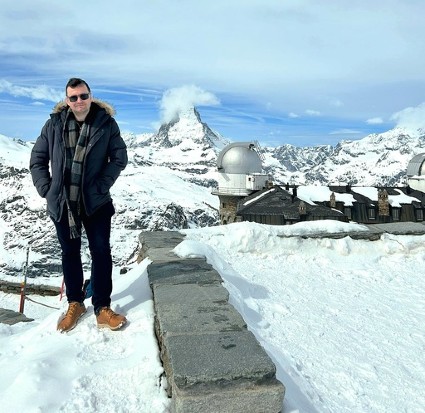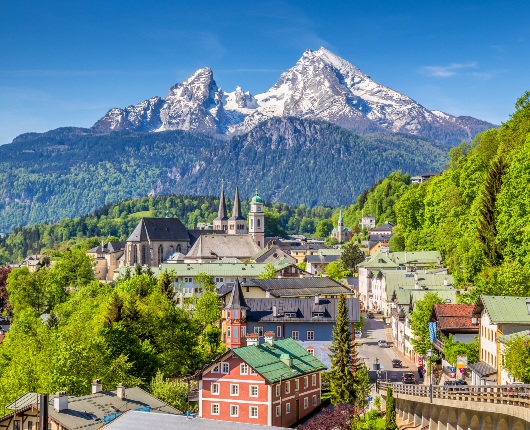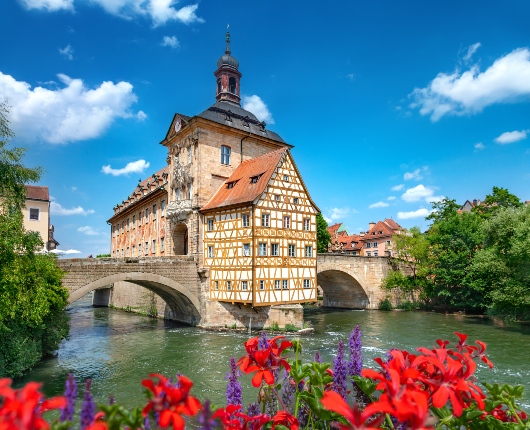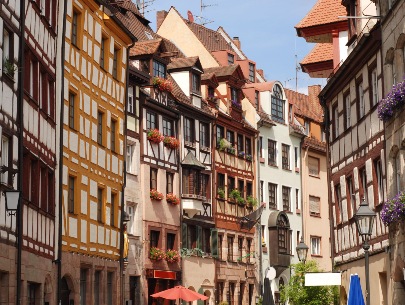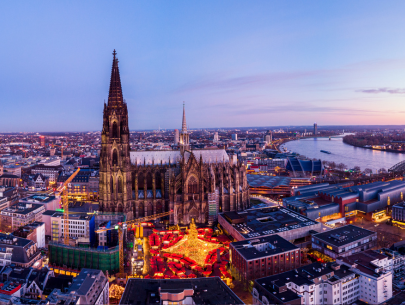Bavaria covers about one-fifth of Germany’s total land, located in the southeast, extending from the middle German hills into the Alps. It’s bordered by Austria to the south and southeast, Czechia to the east, the German states of Thuringia, Hesse, and Saxony to the west, and Baden-Wurttemberg to the west. It also shares a maritime border with Switzerland in the southwest corner across Lake Constance. The Bavarian Alps region is in the far south and includes the country’s highest peak, Zugspitze at 9718 feet in height. There are some major rivers running through Bavaria as well. That includes the Danube that cuts a jagged line between Passau in the east and Neu-Ulm in the west while the Main flows further north.
Located in southern Germany, Munich is the Bavarian capital, renowned for its annual Oktoberfest celebration, the famous Hofbrauhaus and other beer halls, and a lovely Old Town. Beyond Munich, there are many postcard-perfect Old Towns with winding cobbled streets that evoke Grimms’ Fairy Tales. The largest federal state in Germany, Bavaria is often what many non-Germans have in mind when picturing the country. You’ll notice a lot of Austrian and Swiss influence among the beer, sausages, and lederhosen, while the Bavarian Alps offer some of the most breathtakingly scenic landscapes in Europe. A place that shouldn’t be missed on a Germany vacation, this Munich and Bavaria travel guide will help you make the most of your time here.
Where is Bavaria?
Best Time to Visit Bavaria
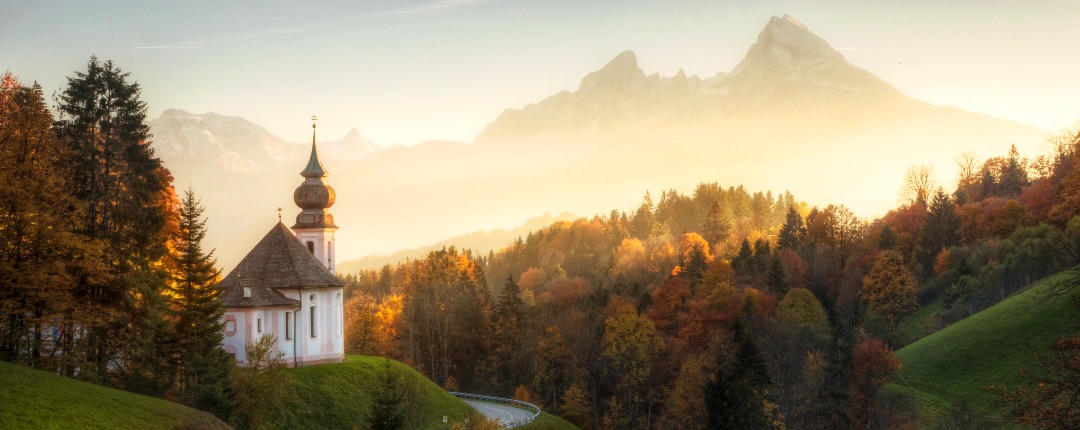
Bavaria has four distinct seasons with the best time to visit depending on your interests and your tolerance for crowd levels, among other factors. Spring is a good time to avoid the tourist hordes while enjoying decent weather. As a “shoulder” season, you might find accommodation discounts and airfare is a bit cheaper too. Mid-June through early September is peak tourist season and the warmest time of year. The beer gardens will be packed and lines at ice cream shops long. Early fall sees ideal temperatures around 70 degrees along with striking autumn beauty, but Oktoberfest draws the big crowds. Winter calls many to ski the snowy slopes but it’s the least expensive time for sightseeing outside of those areas.
Why Bavaria is a Must-Visit Destination
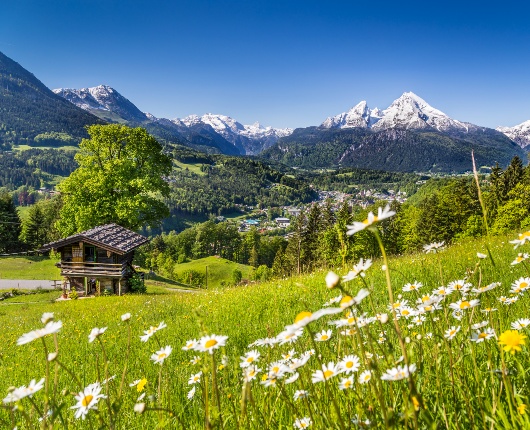
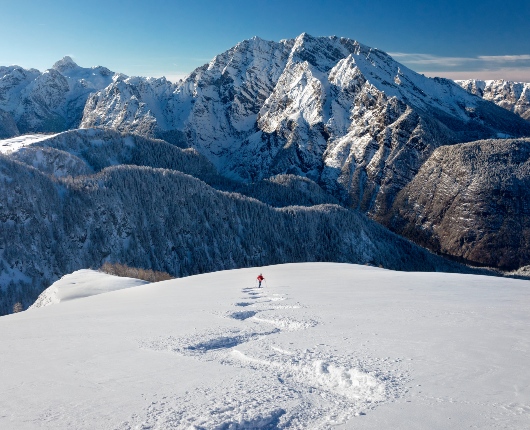
From magnificent scenery that includes towering alpine peaks to picturesque medieval towns and fairytale castles like the iconic Neuschwanstein, it’s no surprise that Bavaria is one of Germany’s most popular destinations. It’s a place everyone should visit at least once. While the Bavarian Alps are breathtaking, providing dramatic mountain scenery and opportunities for outstanding hiking and skiing, cities like Munich offer plenty too. The so-called “city of art and beer” draws many for Oktoberfest when around six million liters of beer are consumed but those steins of frothy brews can be enjoyed year-round in famed beer halls like the Hofbrauhaus. The Bavarian capital is renowned for its stunning contrast of historic and modern, offering something for everyone.
About Munich
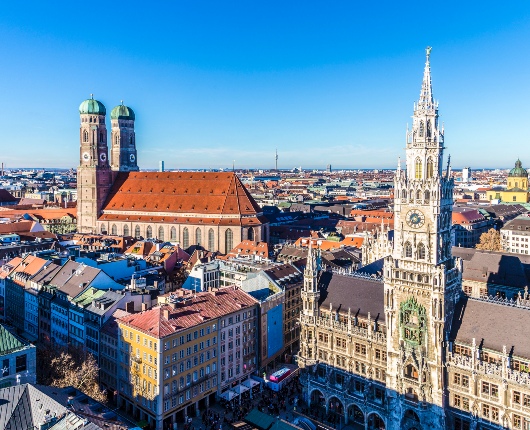
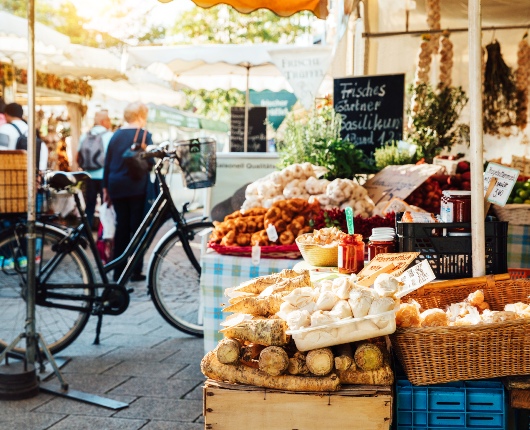
Located in the south of Bavaria along the river Isar, Munich is a city where the modern and traditional sit side by side like few others, blending Lederhosen and a gorgeous glockenspiel with edgy art. Germany’s most prosperous city, it’s an international center of research, medicine, engineering, and business. Although it was bombed heavily during the Second World War, many of the city’s historic buildings were rebuilt, including the New Town Hall and its largest church, the Frauenkirche. Visitors can climb its tower for a panoramic view over Munich and the magnificent Alps beyond. While there’s plenty of cheer in the world-famous beer gardens for sampling the city’s 700-year-old brewing tradition, one can also glimpse the Holocaust horrors at Dachau’s concentration camp.
Exploring Munich
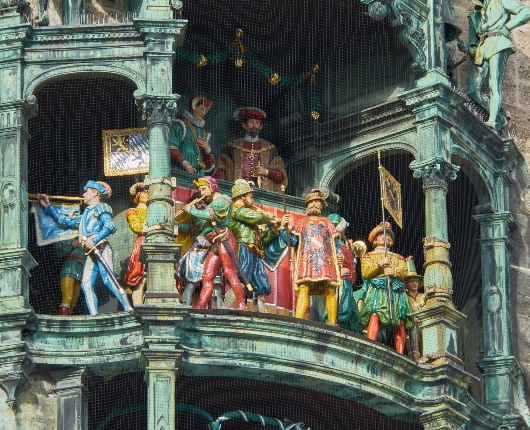
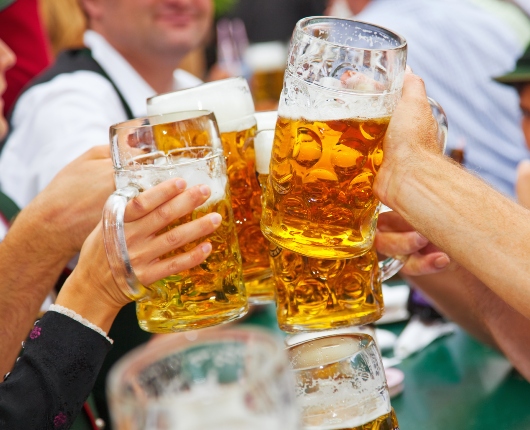
Getting Around
The best way to explore Munich is on foot with many top attractions and activities located close to one another. In fact, getting around on foot for shorter distances in the city center especially will be much easier than by car. If the weather isn’t cooperating, your feet are tired, or you don’t want to cover a longer distance, you can make use of the outstanding public transportation options. That includes a tram, bus, the underground train known as the U-Bahn, or the local rail service called the S-Bahn. The S-Bahn trains (S1 and S8) run frequently from Munich International Airport too, which is about 20 miles northern of Munich’s downtown area. Taxis are available too, but they’re much pricier.
Historic & Cultural Highlights
Munich’s historical and cultural highlights include Marienplatz square which lies in the heart of the city, dating back to its founding in 1158. It hosts the New Town Hall which offers spectacular views of the city from its tower and the famous Glockenspiel which chimes alongside 17th-century automatrons. This is also a great place to simply fuel up with coffee while watching the world go by. Don’t miss Frauenkirche, the city’s landmark cathedral with two towers rising 323 feet. The 17th-century Nymphenburg Palace, a former residence of Bavarian kings, is located on the outskirts of Munich. It boasts magnificent gardens and lakes with a dramatic baroque facade and opulently decorated interiors that can be explored on a guided tour.
Museums & Art Galleries
Munich hosts many excellent museums and art galleries, including the Bavarian National Museum, one of Europe’s most important museums of decorative arts, with an extensive folklore and art historical collection. BMW enthusiasts won’t want to miss the BMW Welt and BMW Museums. BMW Welt displays the latest models from the legendary manufacturer of luxury vehicles while the BMW Museum offers the chance to learn about the brand from its early years through the present. The Alte Pinakothek is one of Europe’s most significant art museums, featuring the world’s largest collections of European paintings from the 14th to the 18th century. The Neue Pinakothek displays 18th and 19th-century European Art, while Pinakothek der Moderne is focused on architecture, design, and modern and contemporary art.
Parks & Outdoor Activities
Despite its size, Munich is one of Germany’s greenest cities with many parks and outdoor activities on offer. The 375-hectare Englischer Garten is one of the world’s largest urban parks stretching from the River Isar’s west bank in the northeast to the Altstadtring inner-city motorway. From the temple-like Monopteros, enjoy a stunning panoramic view. Walkers and cyclists will find 50 miles of paths, and there are vast spaces for Frisbee tossing and more. Olympiapark is a large complex that was built for the 1972 Summer Olympics. Today, it’s a popular host for sporting, cultural, and social events. Another great way to spend time outdoors is to explore the Viktualienmarkt. Popular among goodies, it offers everything from traditional Bavarian delicacies to more exotic produce.
Traditional Bavarian Experiences
Munich is arguably best known for its traditional Bavarian experiences. Oktoberfest is world-renowned, attracting more than six million people to the city annually in late September and early October. There’s lots of singing and dancing, costumes, and around seven million liters of beer are consumed along with plenty of sausage and pretzels. Visiting the beer halls, particularly the legendary Hofbrauhaus is also popular. It offers live traditional Bavarian brass bands and those massive steins with beer spilling over onto the wooden bench seating. Löwenbräukeller has a beautiful outdoor beer garden, traditional eats like currywurst, and of course, plenty of tasty brews. Some of the other local eats to try include wiener schnitzel, roast pork marinated in dark beer, and spaetzle with fried onions.
Top Day Trips from Munich
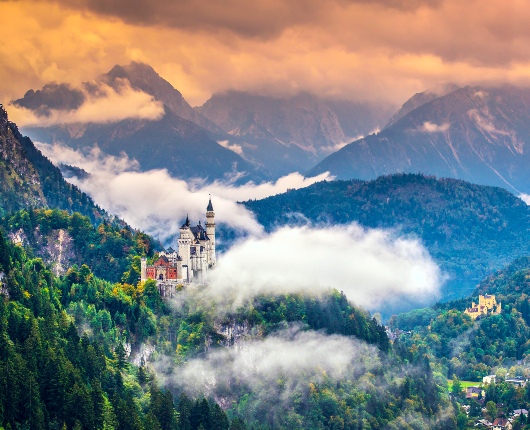
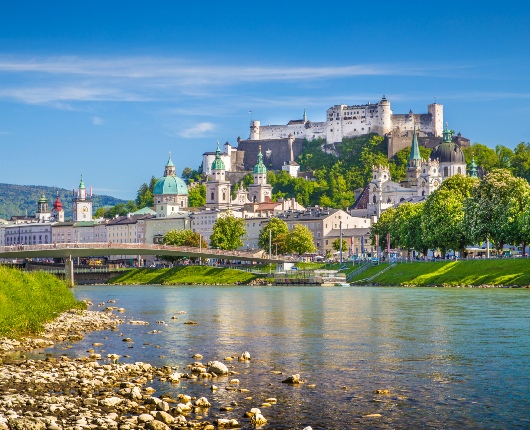
Neuschwanstein Castle
Nestled in the Alps, Neuschwanstein Castle is Germany’s most famous castle and it’s within easy reach of Munich. There are tours that can bring you there or you can make the hour and 40-minute drive on your own. The fairytale-like castle was the inspiration for Walt Disney’s Sleeping Beauty Castle and you might have seen it in 1968’s “Chitty Chitty Bang Bang.” It sits atop a rock ledge surrounded by forest overlooking the Pollat Gorge. Built at the bequest of the “Mad King Ludwig,” King Louis II, construction began in 1868, but it was never completed with just 14 rooms finished. All are open to the public for viewing, including a cave-like grotto, the Singer’s Hall, and the king’s bedroom.
Salzburg, Austria
The Austrian city of Salzburg lies along the border of Germany, easily reached by train from Munich in less than two hours, or just over 90 minutes by car. It’s divided by the Salzach River with the Altstadt (Old City) on the left bank backed by the majestic eastern Alps. It’s the most popular side with baroque and medieval buildings. It includes the birth home of legendary composer Mozart which is now a museum that includes his childhood instruments. Neustadt, or the New City, is on the right bank of the river, founded in the 19th century. Here you can visit Baroque Mirabell Palace. Rebuilt after the great fire of 1818, it hosts concerts in the tradition of Mozart and boasts beautiful gardens.
Dachau Concentration Camp Memorial Site
A short distance from Munich, the Dachau Concentration Camp Memorial Site is one of Nazi Germany’s first concentration camps and the longest-running, open from March 22, 1933 through April 29, 1945. Located at an abandoned munitions factory, it was built to imprison Hitler’s dissidents. Some 200,000 from across Europe were imprisoned and 41,500 were killed. In late April 1945, prisoners were evacuated to prevent their liberation by the Allied troops, with at least 25,000 taken away in trains or sent on exhausting foot marches, with several thousand dying in the process. Liberation by U.S. Army units finally ended the atrocities. Visitors can tour historic buildings and view the informative exhibits and poignant memorials honoring the many lives lost.
Zugspitze
A day trip from Munich can bring you to Germany’s tallest mountain, Zugspitze. Located in the Wetterstein Mountains, it rises 9,718 feet and if you stand at the summit you’ll be surrounded by mountains in every direction. The area can be reached by car, train, or on a guided tour, just 60 miles from the Bavarian capital. Once there, you can hop on the cable car or cogwheel railway, or even climb to the top if you’re up for a big adventure. Hikers can explore the stunning terrain during the warmer months while winter brings the chance to ski, snowboard, or just play in a white wonderland. An exhibition details the cogwheel train’s history, and there are several eateries here too.
Exploring the Bavarian Countryside
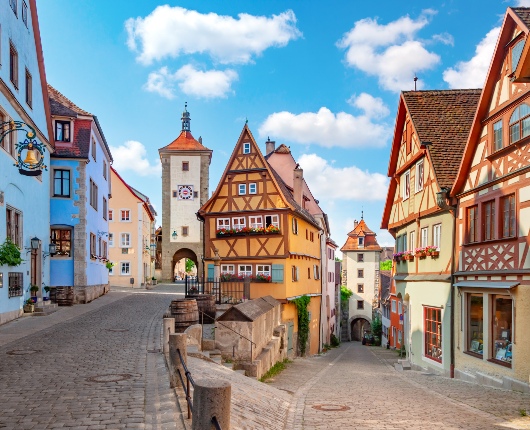
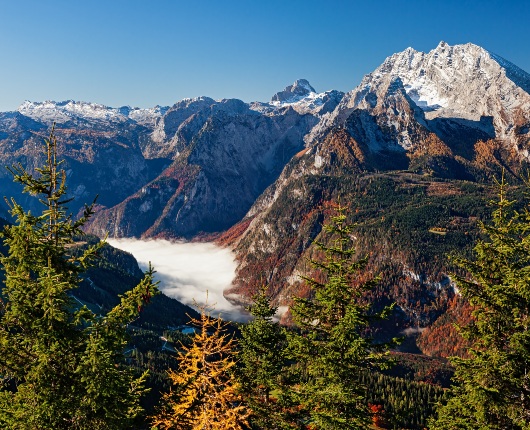
How to Get Around
A car is the best way to get around the Bavarian countryside. Sometimes it’s the only option, especially when you want to go to remote corners. If you’d rather enjoy the scenery without being behind the wheel, a Germany private tour that includes Bavaria can be a great option. Private tours can be personalized and you’ll have a driver/guide to bring you wherever you want to go. Public transport is reliable in many areas, however. Trains are the primary option as they easily connect larger cities with towns. The Bayern ticket includes all-day travel on regional trains within Bavaria and all the way to the border towns of Ulm, Reutte, and Salzburg. It can also be used for many local buses.
The Romantic Road
To take in views of vineyards, castles, and fairytale-like villages, you’ll want to drive the Romantic Road. The 220-mile stretch from Wurzburg to Fussen brings a stunning array of picturesque scenery that includes Bavaria and Baden-Wurttemberg, loosely based on the old Roman route. Wurzburg itself offers plenty, from one of Germany’s grandest palaces, the UNESCO-listed Wurzburg Residence, to the half-timbered homes. An hour’s drive south will bring you to magnificent Rothenburg, the town that inspired Walt Disney’s Pinocchio, complete with spires, neo-Gothic churches, and a medieval wall to walk for various impressive views. Other highlights include medieval Nordlingen and Harburg with its stunning castles soaring above. The showstopper is world-famous Neuschwanstein Castle, modeled after Sleeping Beauty Castle and set among craggy forested mountains.
The Bavarian Alps
The German Alpine Road is one of the top drives in the Bavarian Alps, traveling 280 miles along the Austrian border from Lindau on Lake Constance to Schonau on Lake Konigssee, just a stone’s throw from Salzburg. It showcases many of the top sights in Germany, including castles, traditional Bavarian villages, and beer gardens. The variety of spectacular landscapes ranges from lush valleys and meadows to forests, mountains, and lakes. The road twists through the Allgau mountains before coming to the alpine lake of Grosser Alpsee and the magnificent Oberjoch Pass with its more than 100 bends and awe-inspiring views of the valley below. You’ll also come to the famous Neuschwanstein Castle, the Benedictine Ettal Monastery, and Zugspitze, Germany’s highest mountain.
The Bavarian Lakes
Bavaria is home to many beautiful lakes in the Alps and beyond. Lake Chiemsee is one of the most popular in the Munich region. Bavaria’s largest lake, the 40 miles of shoreline can easily be circumnavigated on foot or bicycle. Watersports are popular too, including kayaking, canoeing, standup paddleboarding, and sailing with various watercraft available for rent. What makes the lake extra special, however, is Herrenchiemsee Palace. Sometimes referred to as “little Versailles” it sits on one of the lake’s two islands and can be accessed via a short boat ride followed by horse and carriage or a 15-minute walk. Like Neuschwanstein, it was built at the bequest of the reclusive King Ludwig II, solely for use as his private residence.
Traditional Bavarian Villages
Beyond the alpine scenery, Bavaria’s traditional villages are a definite highlight. Berchtesgaden is a picturesque historic Rococo town, but it’s best known for Hitler’s Eagle’s Nest retreat. The Kehlsteinhaus sits just south on the Kehlstein peak in Berchtesgaden National Park at 6,000 feet in the Alps. Managing to survive the legacy of Hitler’s reign, today it’s open for guided tours from May through October, and accessed through a golden brass elevator in the heart of the mountain. A unique feat of engineering, plans for war and mass murder were made here. There are many other beautiful villages, including Dinkelsbühl, Bamberg, and Garmisch-Partenkirchen. Partenkirchen is the more traditional Bavarian side with a cobbled Old Town and stunning Alps backdrop.
Ready to plan your trip?
What ever you want from your dream trip, our team of
experts are ready to help.
COPYRIGHT © 2024 UNFORGETTABLE TRAVEL. ALL RIGHTS RESERVED




